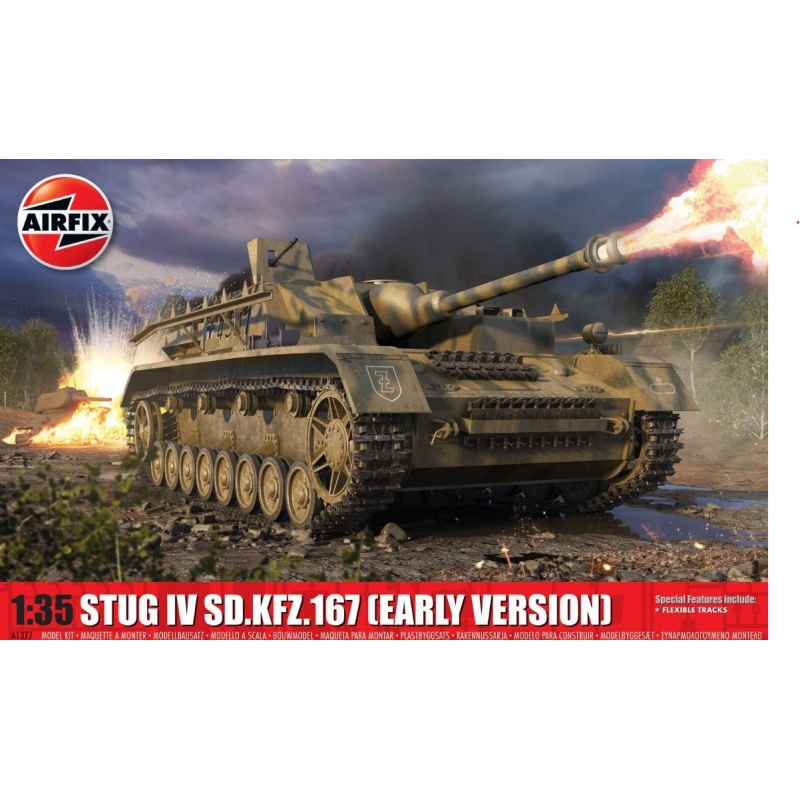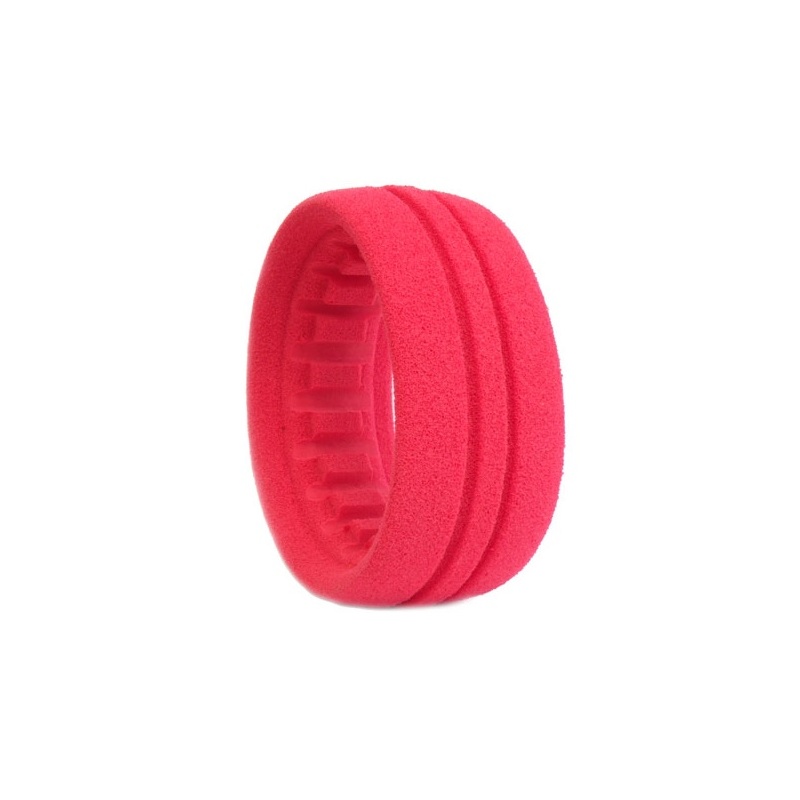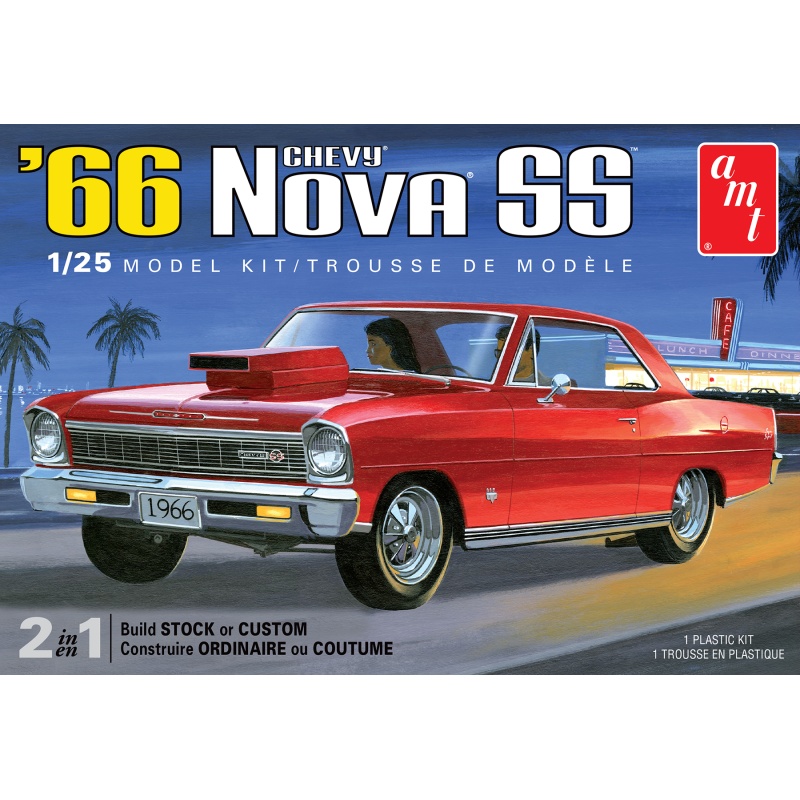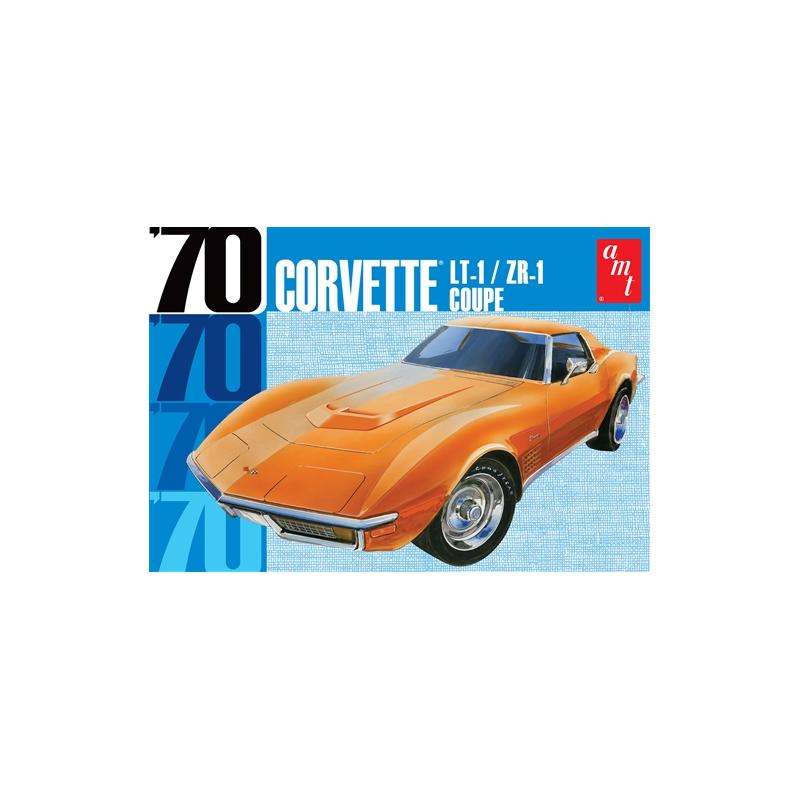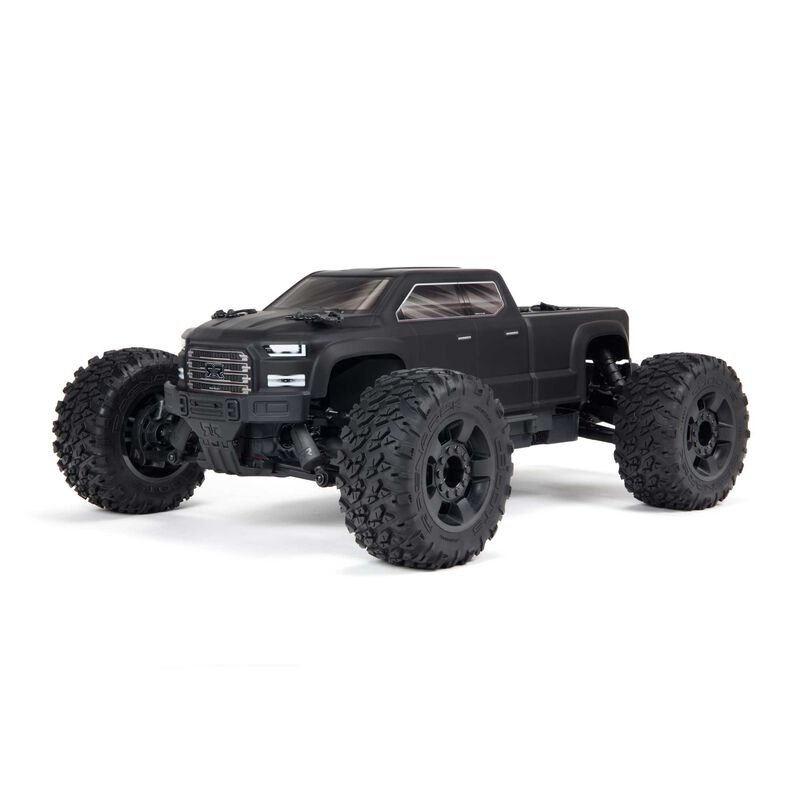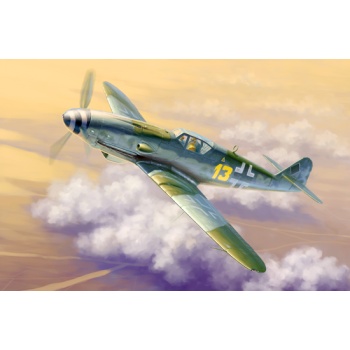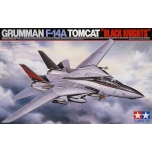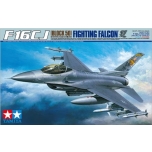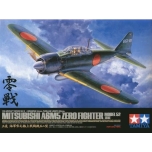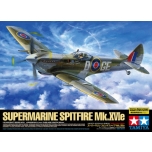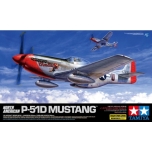Trumpeter Messerschmitt Bf 109K-4 1:32
The Bf109G series, or "Gustav", was introduced in mid-1942; its initial variants (G-1 through G-4) differed only in minor details from the Bf 109F, most notably in being powered by the more powerful 1475hp DB 605 engine. Odd numbered variants were built with a pressurised cockpit and GM-1 boost as high altitude fighters, while even numbered variants were non-pressurized air superiority fighters and fighter bombers. Long-range photo-reconnaissance variants also existed. The later G series (G-5 through G-14) was produced in a multitude of variants. By early 1944 tactical requirements resulted in the addition of MW-50 water injection boost and high performance superchargers, boosting engine output to 1,800-2,000hp.
Item No 02299
Item Name Messerschmitt Bf 109K-4
Scale 1:32
Item Type Static Kit
Model Brief Length: 283.4mm Wingspan:308.1 mm
Total Parts 250+
Metal Parts n/a
Photo Etched Parts 2 pcs
Film Parts n/a
Resin Parts n/a
Total Sprues 10 sprues and tires
Paint Schemes Luftwaffe
More Features Fuselage
-Left and right fuselage moulded w/ authentic details
Engine
-Finely detailed engine.
Interior
-Finely detailed engine accessory compartment,
-Finely detailed cockpit
Wings
- Optional position flaps
- Rubber tires.
PE
-Photo-etched parts to upgrade details
The Messerschmitt Bf-109 is a German metal-structure single-engine fighter in a low wing configuration with a classic tail. It turned out to be the basic and most produced Luftwaffe fighter during World War II. The flight of the prototype took place on May 29, 1935, and serial production continued in the years 1936-1945. In total, it is estimated that a total of about 35,000 Messerschmitt Bf-109 fighters of all varieties were produced, many of which ended up in the Czech and Israeli air forces after the war. The roots of the Bf-109 go back to the competition announced in 1933 by the Luftwaffe for a new fighter plane. In competition with the He-112, the Bf-109 project initially lost, but thanks to Willie Messerschmitt's intrigues, the project could continue and eventually he was the winner of the competition, becoming the Luftwaffe's primary fighter. Several main variants of the Bf-109 were developed in the course of production. The first pre-production series was the Bf-109B (Berta) with different versions of the Junkers Jumo 210 (A or Da) engine. They were tested in Spain from 1937 during the Civil War. The next version is the Bf-109C (Caesar). They had a different engine than the B version, and extensive armament consisting of two 20mm and 2 HP 7.92mm cannons. These machines also fought in the skies of Spain. The third version is the Bf-109D (Dora) with the Junkers Jumo 210 Da or Daimler-Benz DB 600 engine. It fought in the September campaign, but at the turn of 1939/1940 it was replaced by the E version. The most famous model was the Bf-109E (Emil) with a Daimler-Benz 601A or N engine. It was the first to use a three-blade, not a two-blade propeller. Bf-109E fought in the French campaign, over England, and in North Africa and on the Eastern Front. The ace who started his career on the Bf-109E was the famous Adolf Galland. The next version is the Bf-109F (Friedrich), which, according to the German pilots, was the most aerodynamically perfect. It sowed the changed shape of the fuselage, wings, cabin fairings, but no new engine was used. It was put into service at the turn of 1940/1941. As part of the development of the design, further Bf-109 specifications were developed, of which the G (Gustav) version was produced in the largest number of copies. The most important change increasing the machine's performance was the installation of a new 12-cylinder Daimler-Benz DB605A engine with 1475HP. The armament of the Bf-109G was a pair of 13mm machine guns located in the fuselage in front of the cockpit fairing, and the MG151 20mm or heavier MK108 30mm cannon. The last mass-produced version was the Bf-109K (Kurfirst), which production started in October 1944. A Daimler-Benz DB 605DB or DC unit was used as the engine. The Bf-109K was the fastest version produced during World War II, reaching up to 730 km / h. Apart from that, two versions were created - H and Z, but they were rather experimental versions and their mass production did not start. Subsequent improvements in propulsion and armament made the Messerschmitt Bf-109 one of the most dangerous fighters of World War II, and at the same time showed the great potential of the slightly angular airframe created by Willi Messerschmitt. Technical data (version Bf-109 G-6): length: 8.95 m, wingspan: 9.92 m, height: 2.6 m, maximum speed: 640 km / h, rate of climb: 17 m / s, maximum range: 850 km, maximum ceiling 12000m, armament: fixed - 2 MG131 13mm machine guns and 1 MG151 20mm cannon, suspended - 250 kg bombs, or 2 Wfr missile launchers. Gr. 21.

